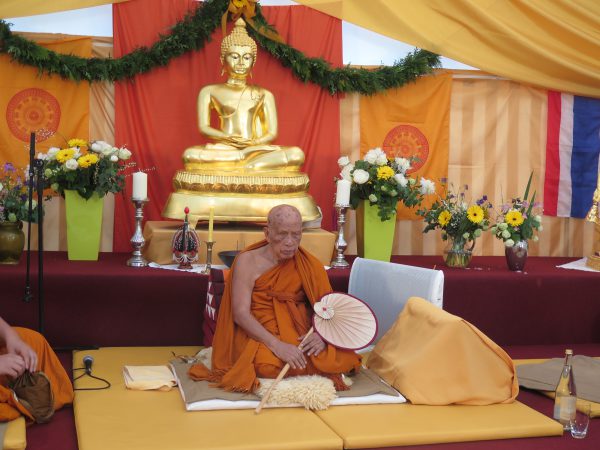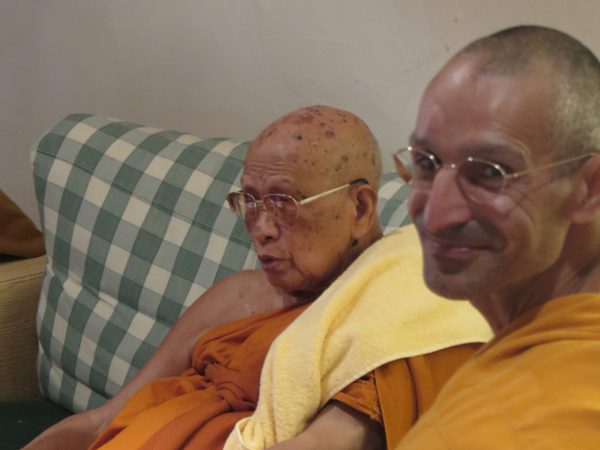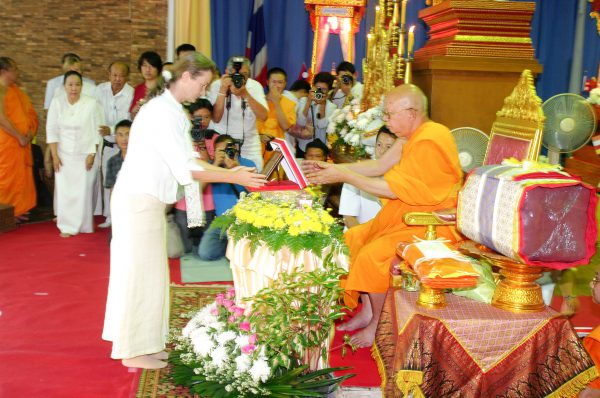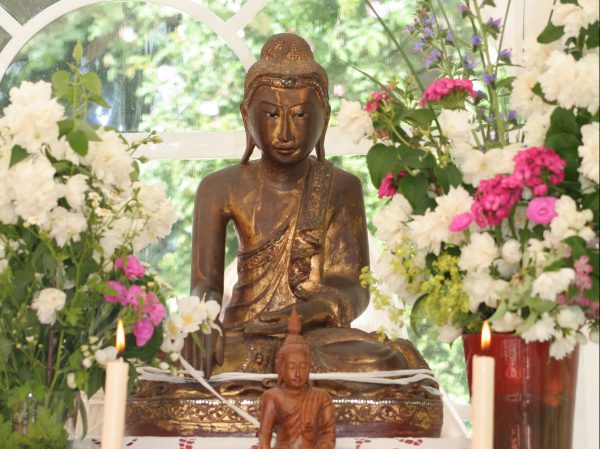






„This path
which everyone must walk alone
and for himself
leads to the purification of beings,
to overcome sorrow and grief,
to the disappearance of pain and suffering,
to attain the right path,
to experience Nibbana.
It is named the Fourfold Awakening of Mindfulness.
Lord Buddha (Satipatthana-Sutta M 10)
What is Insight
Vipassana is a Pali word which means: seeing clearly, seeing specially or seeing through (Vi = clearly, specially, into, through + passana = seeing). Vipassana means introspection, intuitive wisdom, intuitive knowledge. Vipassana is often translated as Insight.
Seeing what clearly? Insight into what?
Vipassana means seeing through the true nature of reality or Insight into the true nature of reality. It means seeing things as they truly are. Vipassana is the direct and intuitive understanding of the true nature of all mental and physical phenomena.
Vipassana is intuitive knowledge or Insight into the true nature of Nama (mind: consciousness, mentality) and Rupa (body: materiality, physical form) which make up the Five Aggregates of Existence (Panca Khanda: Rupa (body, physical form), Vedana (feeling), Sanna (memory, perception), Sankhara (mental formations, volition), Vinnana (consciousness)).
Vipassana is the realization that all mental and physical phenomena are Impermanent (Anicca), Suffering (Dukkha) and Non-self (Anatta). These three Characteristics of all Phenomena (Tilakkhana) are the marks of Insight wisdom and are the main objects of Vipassana Meditation.
Vipassana is the direct realization of the true nature of Nama and Rupa. All conditions whether internal or external, mental or material are Impermanent, Suffering and Non-Self (Anicca, Dukkha, Anatta).
The meditator who develops Insight Knowledge (Vipassana Nana) will realize that everything inside oneself and in the world outside of oneself is constantly changing, uncertain or Impermanent; is stressful, dissatisfactory or Suffering; and is uncontrollable, devoid of substance, not belonging to oneself, or Non-Self. These Three Characteristics are the True Nature of all phenomena.
Method
Today, Vipassana meditation is mainly practiced in Burmese, Sri Lankan and Thai temples and is based on the handed down teachings of the Buddha, namely, the Four Foundations of Mindfulness. The Vipassana meditation technique tought in our courses is passed on the same way it is traditionally practiced in the temples of Northern Thailand under the guidance of the Most Venerable Phra Phrom Mongkol Vi Ajahn Tong Sirimangalo. It is an intensive form of the Mahasi Sayadaw technique which includes both, walking and sitting, and is a traditional form of Buddhist meditation.
Adhering to the Buddhist religion is neither presumed nor expected.